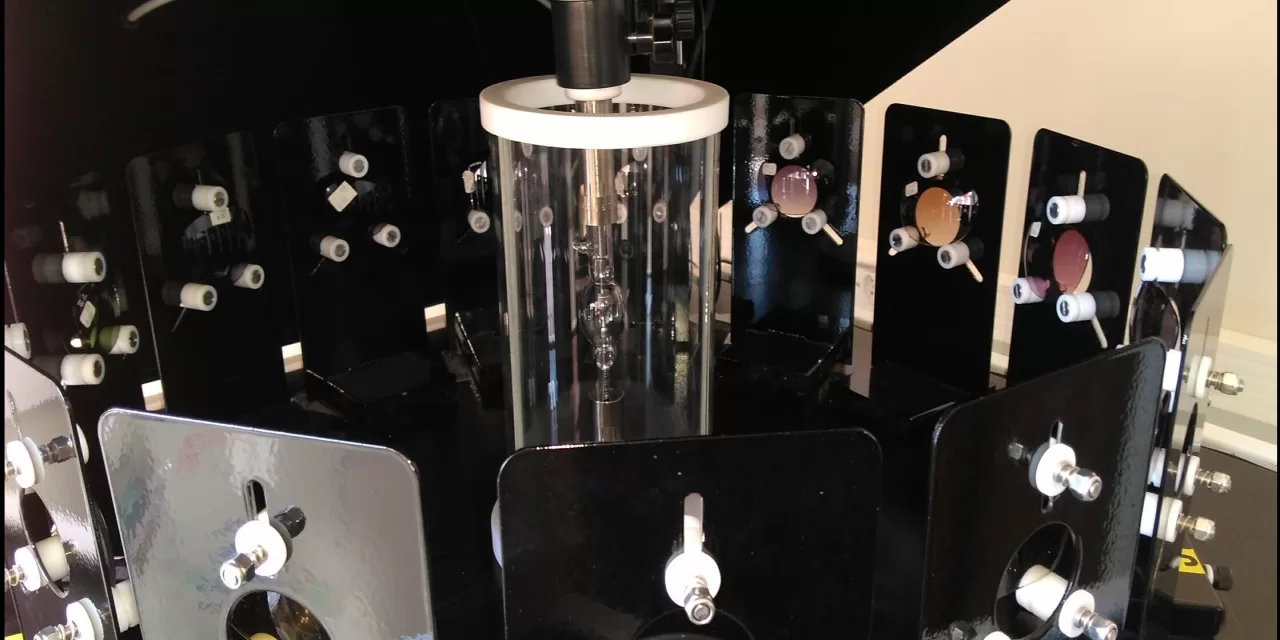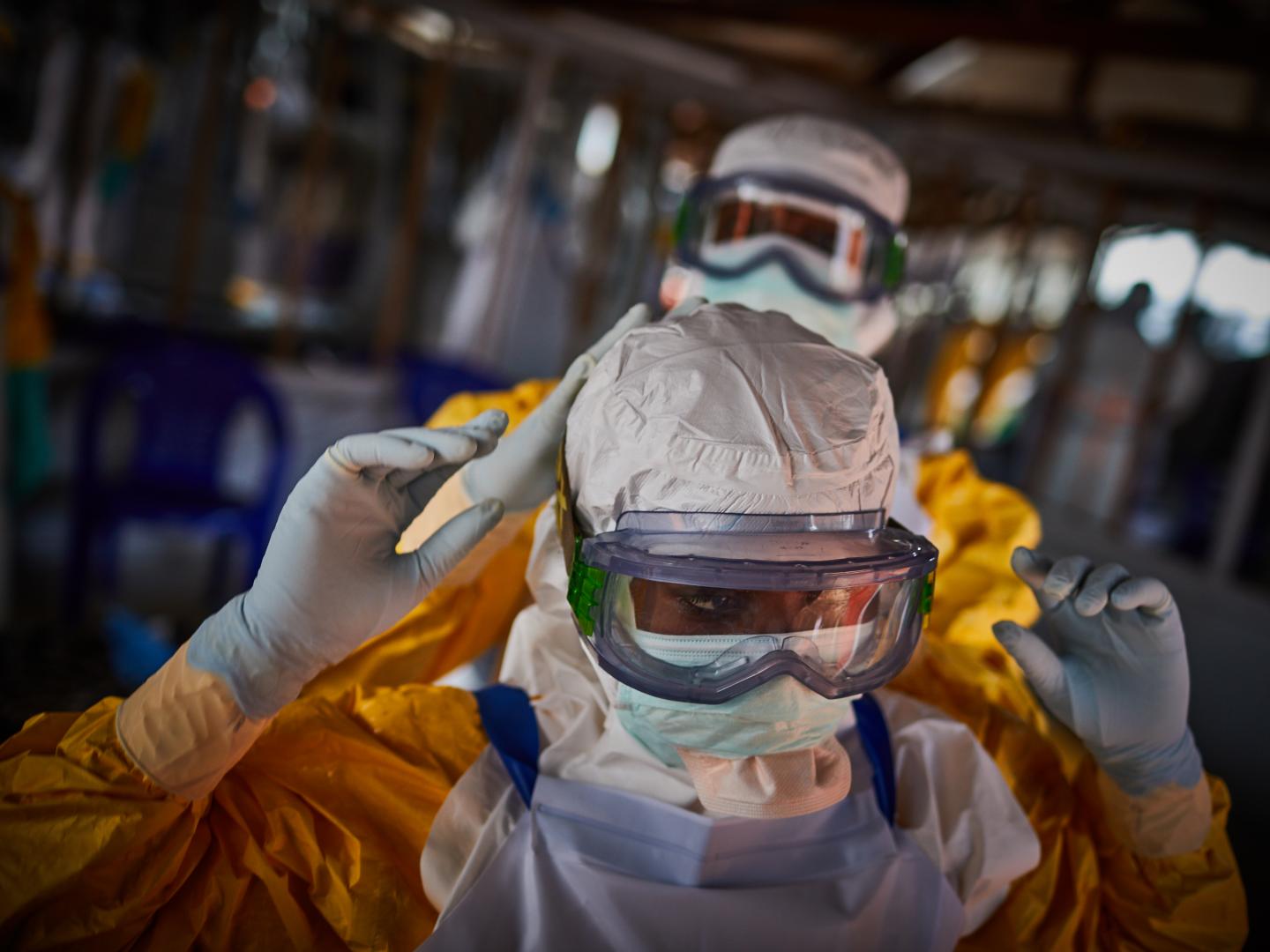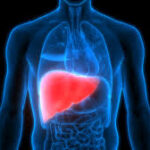A recent study published in the journal Research on Biomedical Engineering has raised concerns over the effectiveness of sunglasses in protecting against ultraviolet (UV) radiation. Conducted by researchers at the Ophthalmic Instrumentation Laboratory of the São Carlos School of Engineering, University of São Paulo (EESC-USP) in Brazil, the study found that only one out of twelve tested sunglasses models met the safety standards for UV exposure set by the International Commission on Non-Ionizing Radiation Protection (ICNIRP).
The Risks of UV Exposure
Solar ultraviolet radiation is known to cause various eye conditions, including cataracts and photokeratitis—a type of corneal inflammation. Proper UV protection can help delay or even prevent these conditions, with sunglasses being the most widely used accessory for this purpose. However, the study’s findings indicate that many sunglasses fail to meet essential safety requirements, potentially putting users at risk.
Study Findings: A Cause for Concern
The study examined sunglasses’ ability to block UV radiation over time and found that most lenses deteriorated in their protective function. Only one model continued to fully block UV rays even after an aging test that simulated 2,500 hours of sun exposure. Importantly, the study did not disclose the brands of the sunglasses tested.
To enhance consumer protection, researchers suggest that manufacturers adhere to ICNIRP standards, ensuring better quality and safety in UV-blocking lenses. Currently, regulatory certification for sunglasses is lacking in some countries, including Brazil, raising further concerns about product effectiveness.
UV Standards and Industry Implications
UV radiation is classified into three bands: UVC (100-280 nm), UVB (280-315 nm), and UVA (315-400 nm). While international safety guidelines recommend UV protection up to 400 nm, some existing industry standards still permit lower cutoffs, potentially leaving wearers vulnerable to harmful exposure.
Professor Liliane Ventura, the study’s corresponding author, emphasized the significance of these findings, noting that research in this field has been ongoing since the 1990s. Ventura and her team are now working on two patented technologies—one to measure eye exposure to UV radiation and another to evaluate UV-blocking efficiency in sunglasses available to consumers.
Consumer Advice and Future Recommendations
The research suggests that lenses should provide at least 86% UVA protection to minimize health risks. Interestingly, the study also challenges previous assumptions that pupil dilation due to dark lenses increases UV exposure. Instead, it highlights that an increased field of vision—caused by wearing sunglasses—can lead to greater exposure if lenses do not adequately block UV rays.
Given these findings, experts recommend that consumers choose sunglasses labeled as offering full UV protection up to 400 nm. Additionally, researchers are advocating for stronger regulations and clearer product labeling to help buyers make informed choices.
A Step Toward Safer Eyewear
Since the late 1990s, Ventura and her colleagues have been instrumental in shaping regulatory standards for sunglasses in Brazil. While past efforts have led to improvements, inconsistencies in certification requirements remain a challenge. The study’s findings underscore the need for stricter regulations and industry-wide adoption of higher safety standards.
As research continues, Ventura and her team are working on a sun protection factor label that could guide consumers in selecting the most effective sunglasses. Until such measures are widely adopted, consumers are encouraged to verify UV protection claims carefully before purchasing sunglasses.
Disclaimer: This article is based on scientific research findings and does not serve as a substitute for professional ophthalmological advice. Consumers should consult eye care professionals for guidance on proper eye protection against UV radiation.











